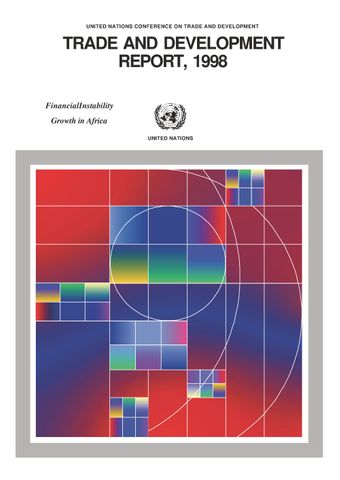International financial instability and the East Asian Crisis

- Auteur: Conference des Nations Unies sur le commerce et le développement
- Main Title: Trade and Development Report 1998 , pp 53-82
- Date de Publication : décembre 1998
- DOI: https://doi.org/10.18356/e346ce02-en
- Language: Anglais
In less than a year from mid-1997 the East Asian economies have gone from being examples of the most successful development experience in modern history to economic stagnation and decline. Growth rates that had averaged 8-10 per cent per annum over many years have turned negative, economies that had enjoyed continuous high employment and experienced labour shortages now suffer from extensive and rapidly rising unemployment, and assets in stock markets that had led global diversification into emerging markets have lost half their value and more. In much less time than it took the 1929 stock market crash to turn into the Great Depression of the 1930s, the Asian economies that were once held up as examples of prudent and sustainable economic policies have been transformed in the minds of many from economic “miracles” into structurally unstable systems incapable of formulating their own economic policies and have been assigned to the tutelage of IMF. Never has the economic outlook for such a large group of economies changed so radically and so rapidly.
-
From This Site
/content/books/9789210603010s005-c003dcterms_title,dcterms_subject,pub_keyword-contentType:Journal -contentType:Contributor -contentType:Concept -contentType:Institution105


